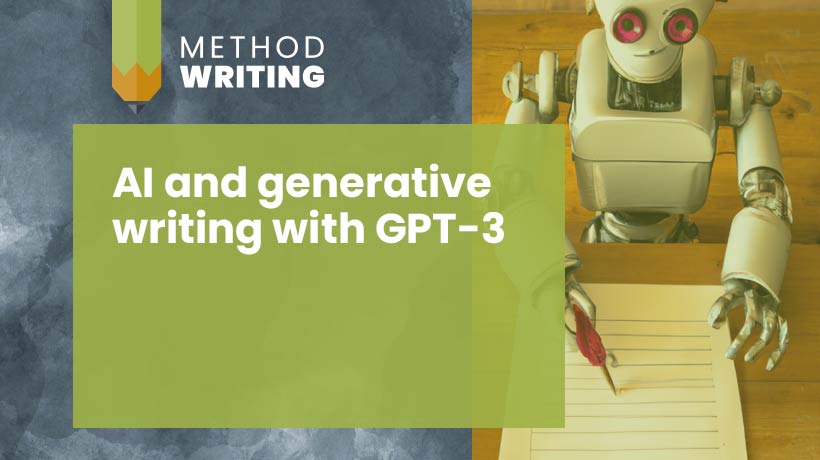Writing visualization tool: the secret life of verbs and nouns
If you write fiction, take a closer look at your verbs with this writing visualization tool. It can help you see where the action is flagging, for more effective editing. Replacing weak verbs with stronger ones can make your story feel more dynamic.
This tool from Lancaster University highlights the verbs and nouns in your text in different colours, making them stand out clearly. Just paste in a chunk of text, and click ‘Analyze’.
To show how you might use this to help your writing and editing, here’s a section from my short story The Christmas Chair.
Visualizing Verbs – Family Dynamics
The Christmas Chair is quite a physical story, about an old man with Alzheimer’s and a family.
I was interested to see the writing visualization tool show plenty of verbs, and simple, short nouns to evoke the young narrator – crouch, eat, shout, open, pull. Even some of the nouns are verbal in nature – breathing, shouting.
I wanted the story to give an active and positive picture of Alzheimer’s, and it’s good to see that reflected in the verbs.
For contrast, here’s another story with a different kind of verb use…
Dynamic and Static Verbs – Writing Visualization Reveals Hidden Rage
This story, The Beating of Bread, is about a woman taking out her frustrations on a lump of dough.
What strikes me from the visualization below is how there seem to be fewer verbs. What’s more, they’re less dynamic – step, shuffle, strain, wonder, buried, and lots of would.
So although on the surface, the woman is labouring vigorously, the action of the story is smaller, and less present.
There also seems to be a higher proportion of nouns, and they’re longer and more complex. This suggests an altogether more ponderous and static story, despite the apparent bustle.
So the writing visualization shows a strong link between the type of vocabulary and the theme!
Nouny or Verby? Action or Static?
And, finally, here’s a writing visualization example from another genre entirely – officialese!
I was struck here by how the writing visualization shows the relatively large space taken up by nouns (blue) compare with verbs (red).
You could argue that some of the blues are adjectives, but to me they look like noun groups (I’ve studied German, where mega-nouns are normal!).
Lots of long abstract nouns in a paragraph have the effect of slowing the reader down, since we need to focus on each concept to understand it. The overall impact is ponderous, as though you’re mentally clambering from one rock to the next.
And look at those verbs! Lots of future orientation (will), passive/modals (should be). And a distinct lack of concrete, productive actions (address, review, publish (in the past), use, challenge, continue, streamline…).
Try pasting in a text from your own favourite (or not) genre!
Writing visualization tool – things to try
Lancaster University’s text visualisation tool is in alpha version and not perfect, but still offers some illuminating insights for fiction writers and editors. Here are some things to look out for when you past in writing-in-progress:
- Look closely at your verbs. Are they specific? Do their sounds echo the tone or meaning you’re after? Just as in poetry, cut/chop/thud have very different effects to slide/melt/strain. Can you make your action, sound and meaning more congruent?
- Do you use lots of verbs of perception in your fiction writing? See/feel/hear/notice types of verb can often create a sense of detachment. They act as a kind of narrative frame, by drawing attention to your character’s senses, rather than what they’re actually seeing/feeling/hearing. If you’re aiming for an immersive viewpoint, with your reader pulled right into the action of your novel, you can often to set up the overall POV convention, and then drop most of the self-referential verbs, eg I saw her red coat in the distance. It flapped in the wind (no need to say I noticed/was struck by how it flapped).
- Look at your nouns. Are they specific and concrete? Or general and abstract? Do you paint clear pictures? Or are you aiming for disorientation, or a more elusive effect?
Can text visualization help your writing craft?
Clearly, how you write and edit will depend very much on your genre and the impact you want to create for your reader. You may be writing a pacy thriller calling for lots of action verbs, or a poetic meditation that calls for subtle suggestion and evocation.
But whatever you’re writing, text visualization can help. For me, editing is a kind of focus-pulling – tuning up what’s important, and reducing what doesn’t matter. Text visualizations like this gives a degree of objectivity that’s hard to find when you’re deeply immersed in the flow of your writing.
What did you analyse? What did you find out? I’d love to hear your thoughts below.
See how the language detectives at Lancaster University are investigating Shakespeare.


